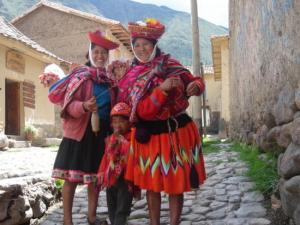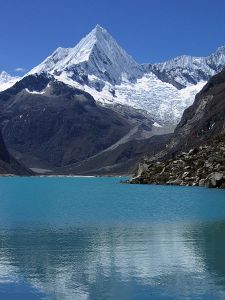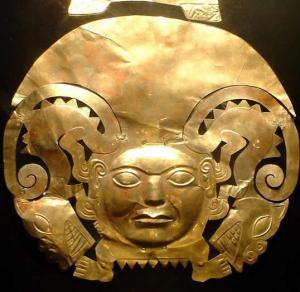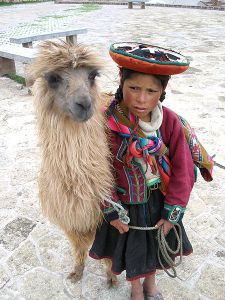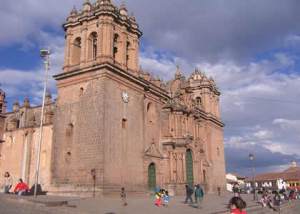We say good-bye to North America wishing we had more time to learn about its history post revolutionary war and hola to South America with excitement because we have plans for some fun crafts and adventures to come!
From our DK Children’s Atlas we get a nice overview of the varied climate and terrain of South America. The Andes Mountains run along the west side of the continent from top to bottom. Since CZ just did a school project on Peru, she’s quick to tell us that the highest peak in the country reaches about 22,000 feet above sea level. To the west is the driest desert, while the area surrounding the equator is home to the world’s largest rainforest.
We turn to the interesting book Life in Ancient South America to learn more about the earliest inhabitants of the continent. We discover that many of the ancient civilizations developed in Peru (because the land was moist and ideal for growing crops). The scouts are excited to hear this as their Papa is from Peru! AZ is also excited to learn that the land was rich with gold and gems as she is partial to anything that sparkles 🙂
Around 6000 BC the people of the Andes discovered ways to irrigate the land and also how to cut flat platforms into the steep mountain slopes so that they could create terraces for planting crops. They were able to hunt, fish and live off the land. The Llama, thought to be domesticated around 1000 BC, provided a helpful form of transportation up the mountain as well as wool for warm clothing. The Chavin, the earliest known natives, invented weaving and would use cotton or alpaca wool depending on the season.
We learn that even the most ancient civilizations in South America were very organized and sophisticated, with city centers, surrounding farms and a strong government in place (including taxes!) Very different from the nomadic native American tribes of North America. It’s interesting to note that the native north and south Americans did share similar gods of nature and the south Americans offered many animal and human sacrifices to please their gods and ward off natural disasters or famine.
The Incas, with their strong army, rose to power in 1000 AD and ruled a vast area of the continent until the 1500’s when the Spanish explorers came looking for gold. We learn that the Spanish destroyed many magnificent Inca buildings and replaced them with Spanish cathedrals and monuments. As the Spanish settled across the continent Catholicism grew, and it remains the dominant religion in South America today.
Next we will read about Machu Picchu, the “lost” city, and we can’t wait to find out more about it and some of the other mysteries of South America tomorrow!

